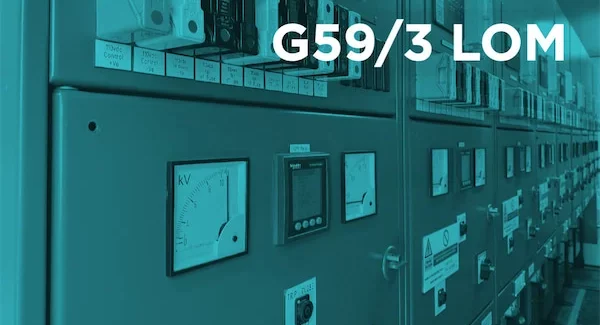On the 1st of October, the Energy Bill Relief Scheme came into effect, providing welcome news to many businesses and large energy users, faced with the prospect of crippling energy costs. However, the scheme provides a cap for just six months rather than offering a longer-term solution and the fact remains that most businesses are paying significantly more for energy now than they were paying last autumn.
The Government has now indicated that there will be a cap applied early next year to the revenues that renewable energy producers can earn from supplying energy into the wholesale market. In effect, this means that energy derived from renewable sources might be more cheaply supplied, which in turn would dilute the overall cost of energy supplied from the grid. However, our national grid derived energy remains substantially reliant on natural gas fuelled generation (typically 50% of production) and in times of low renewables production, the reliance on gas derived power will be much higher; therefore, resulting in higher costs of grid supplied power at the very time when it is needed most.
In short, the government’s initiative to cap the revenues of renewable generators will not translate into sustainable and meaningful savings for commercial and industrial consumers of grid power.
It’s worth noting that the holy grail is for the UK to be saturated with cheap renewable energy. However, capping the revenues for renewable developers could come at the cost of reduced investment in new capacity which means progress toward a plentiful supply of renewable energy will be much slower.
Meanwhile, many questions remain around the detail of what will happen at the end of the initial six-month period of the relief scheme, but the silver lining is that the price cap buys businesses more time to improve energy efficiency and to implement a new energy strategy. In this respect, time is critical as the alternative on-site renewable energy solutions which are set to play a vital role for all large energy users often take around 18 months to implement. In the long term, solutions such as on-site gas to power, Solar PV and battery storage will save industry millions, but in the short term the cost of delay for a business in switching to sustainable on-site solutions is likely to run to thousands of pounds per day.
As no further intervention is expected from the government, businesses will inevitably face another worrying price rise at the start of April 2023. In England, Scotland, and Wales, the wholesale cost for electricity this winter is expected to be around £600 per MWh and £180 per MWh for gas. The Energy Bill Relief Scheme caps these prices at £211 per MWh for electricity and £75 per MWh for gas, which is very welcome but as the wholesale commodity costs, which remain volatile and subject to significant price swings, are likely to continue to rise over the coming months, large energy users will face a precipice when the scheme ends.
This continued increase in wholesale prices means that non-commodity costs, which include charges for managing the power distribution and transmission network – as well as environmental levies and taxes intended to support the transition to a low carbon economy – now make up a smaller percentage of a business’s energy bill. But in real terms, these costs have doubled in the last decade.
It is important to remember that, even in the short term, although the government is suspending some of the green levies which contribute to non-commodity costs, the price cap does not extend to most non-commodity costs which remain an unavoidable and significant part of energy bills for any organisation that continues to source power from the grid. In the coming years, it is likely that non-commodity costs will rise by a further 15%.
Reducing consumption by improving efficiency must also be seen by business leaders as something of equal importance to reducing costs. This is critical to ensure savings from alternative energy sources are maximised, which should be the next consideration for every large energy user.
Beyond hedging, which is increasingly difficult to do, business leaders must now ensure their long-term energy strategy is in place to implement future-proofed on-site generation solutions which will improve a business’s resilience and provide stable pricing. As well as being the most economically viable option for many businesses, on-site solutions will bolster environmental credentials by significantly reducing carbon emissions.
Ultimately, businesses should seek to identify a long-term energy partner with the expertise to help develop the right strategy and implement the most effective solution based on current and future power requirements. More than simply finding a supplier that will fund a solution, this is about working with a partner that will invest in and works collaboratively with businesses to future proof their operation.





